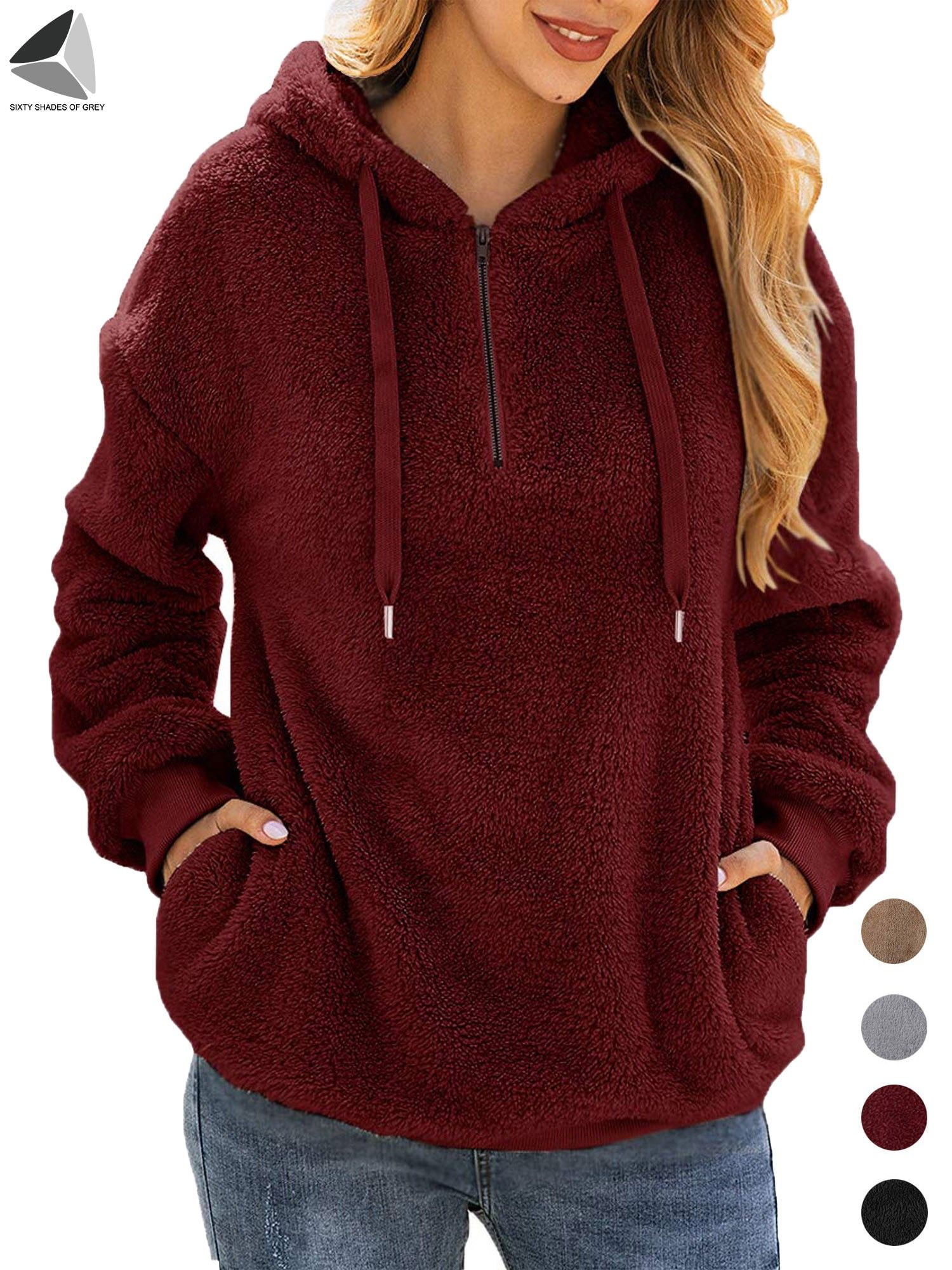Sweatshirts are long-sleeved tops that are made of thick cotton cloth. They are typically worn casually but aren't as dressy as sweaters or cardigans. They do not usually have a or hood. If you're thinking of buying a sweatshirt, here are some suggestions:
Norma Kamali sparked the appeal of sweatshirt s
Since the late '70s, Norma Kamali has been turning the humble sweatshirt into an art form. Her designs are now a staple in almost every woman's wardrobe. Her distinctive designs range from a tummy-tucking crew neck to leather-paneled sweatshirts. She has also created clothing in unusual forms, such as an oversized tank top that has long trumpet skirt.
A partnership between the designer and sweatshirt maker Everlast led to her Timeless line, which became a huge hit when it appeared in the Spiegel spring 2006 catalog. The collection featured interchangeable and convertible knits in classic shapes and a lot of pieces were priced at less than $20. Even the The Norma Kamali Timeless collection wasn't sold in stores, buyers could still find the pieces for sale on eBay and Poshmark.
Merino wool sweatshirts feel more comfortable than soft sweatshirt s
Merino wool is renowned for its moisture-wicking properties that help keep you dry and comfortable. Merino wool is an organic fibre that also offers a smoother and more comfortable feeling. It also drys quickly compared to other natural materials. Additionally, merino is a renewable resource. The merino sheep shed their coats every year and regrow new ones.
The warmth-to-weight ratio of merino wool makes it popular for sweatshirts. It assists in regulating body temperature due to its natural loft, which traps heat between the fibers. This is the reason Merino wool sweatshirts are perfect for outdoor activities in the summer, like hiking, mountain biking, and running. The warmth it provides ensures that the wearer stays comfortable and dry. This is crucial when exercising.
Zip-front hoodies come with kangaroo pockets.

Kangaroo pocket hoodies are a popular style of hoodie. They have a huge pocket on the front, which keeps your hands warm during cold days. They are much more practical than traditional pockets, since they allow your hands to slide into and out effortlessly.
Kangaroo pockets are typically large enough to accommodate the wallet, or other smaller personal items. They are commonly large enough to accommodate a small hand, and can even be large enough to accommodate two hands. They feature wide openings on either side and are ideal for carrying small items.
French Terry fabric is a well-loved fabric for sweatshirts
The French terry fabric is made of soft yarns made into loops, and is usually mid-weight. It is also renowned because of its capacity to absorb away moisture and is already pre-shrunk. French terry is a great option for sweatshirts as it is warm when you're in need and helps keep you cool when you're trying to cool down.
French Terry is also popular for loungewear, since it is stretchy enough and has enough flexibility to feel good on your skin. It also allows air to circulate throughout the fabric, which makes it ideal for layering underneath other clothing. Additionally, since sweat shirts than most sweatshirts you can wear it all through the year without feeling too hot or cold.
Hoodies have classist connotations
Although it might appear that hoodies are simply an appropriate garment for working class people but the truth is that they have a classist connotation. The hooded garment was first used in the early 1970s in New York, where graffiti artists wore them to hide their identities. In 1976, hoodies made their major appearance in the film "Rocky," when the protagonist of the film was a working class man in hooded gray sweats on his memorable climb to the top of the steps of the Philadelphia Museum of Art.
Hoodies are often linked to death, destruction and other negative things, but they can also be used for practical reasons. For example, monks and priests might wear hoods in order to display modesty and inward focus.
